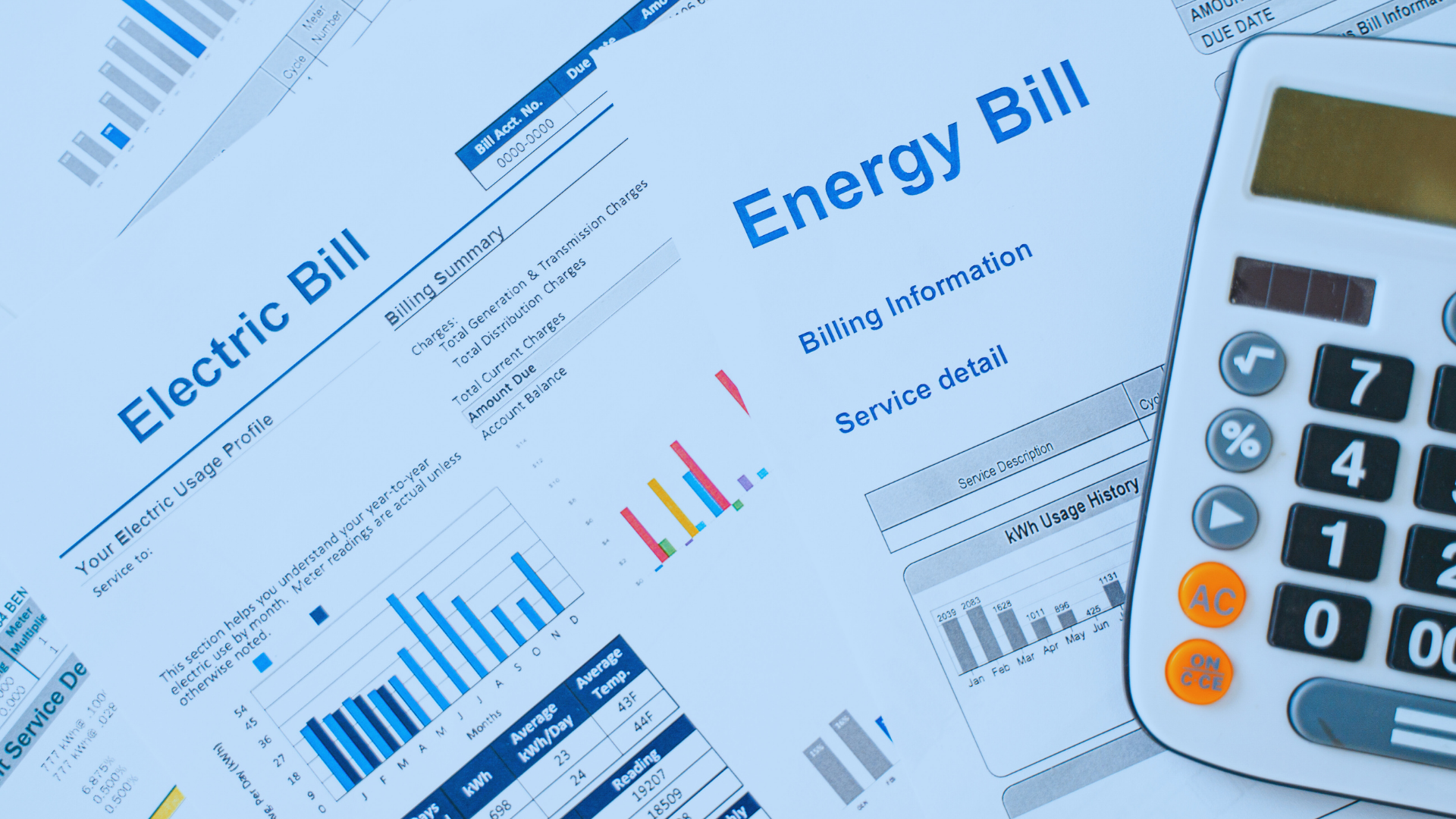
Analysis underscores that renewable energy sources like solar are the key to keeping energy prices stable and protecting Virginians from high costs
By David Kelly, EDF Senior Director – Mid-Atlantic Region
Virginians are facing rising costs on multiple fronts, and electric bills are no exception. Virginia’s electric bills are increasing at a pace faster than general inflation and, according to the U.S. Energy Information Administration (EIA), bills have increased nearly 30% since 2021. It’s easy to understand the growing frustration, as some Virginians are forced to choose between paying for doctor’s visits and prescription drugs – or even food – over their electric bill.
Drawing on Dominion Energy’s and Appalachian Power’s own filings at the State Corporation Commission (the agency that oversees utility investments and regulates ratemaking in Virginia), a new analysis from EQ Research underscores that volatile fossil fuel prices and skyrocketing utility investment in power system infrastructure are the primary drivers behind surging electricity costs for Virginia households.
While not explicitly addressed in this report, we’d be remiss, as we consider cost drivers, not to highlight that data centers represent a significant element of the need for new power system infrastructure. As the Joint Legislative and Review Commission (JLARC) data center report pointed out, this booming industry brings economic benefits to the state, but comes with cost impacts to Virginia’s electric customers. Just recently, the SCC issued an order aimed at corralling transmission and distribution system costs brought on by data center energy demand. By requiring data centers and other large users to pay a minimum of 85% of contracted distribution and transmission demand, and 60% of generation demand, among other requirements, the SCC order seeks to protect Virginia ratepayers from those costs.
While the SCC’s order is notable, the consequences to customers in a more fossil-fuel focused future are clear: the more utilities seek to invest in gas power plants and associated infrastructure, the more Virginia households will remain financially tethered to a price-volatile and increasingly expensive energy system. Meanwhile renewable energy, particularly solar paired with battery storage, is the most affordable, most rapidly-scalable energy resource available to meet Virginia’s energy needs while keeping electricity prices in check. Read More









